
The Key Differences Between Skid Pallet and Pallet Explained

Introduction to Skids vs Pallets
In the world of logistics and material handling, efficient transportation and storage solutions are essential for business success. Among the tools that help streamline these processes are skids and pallets. While these two terms are often used interchangeably, there are distinct differences that can affect their performance in various industries. This article dives deep into the skid pallet, explaining its differences, uses, and why choosing the right option matters for your business.
Skid vs Pallet: Key Differences Explained
What is a Pallet?
A pallet is a flat, horizontal platform used for transporting and storing goods. It is made from wood, plastic, or metal and is designed to support items securely for lifting and transportation. The key feature that distinguishes pallets from skids is their dual-deck design. The top deck is supported by stringers or blocks, with some models featuring a bottom deck for added stability. This structure makes pallets compatible with forklifts and other material-handling equipment, which enhances their efficiency during transportation.
Pallets are highly versatile and are primarily used in industries that require standardized sizes, like warehouses, distribution centers, and retail stockrooms. These pallets are also stackable, ensuring that goods are stored efficiently and can withstand heavier loads. The 48×40-inch pallet is one of the most commonly used sizes in the world.
For more in-depth information, you can check out Pallets on Wikipedia.
What is a Skid?
A skid, on the other hand, is a single-deck loading platform that lacks the bottom deck found in a pallet. As a result, skids sit directly on the floor or surface, making them suitable for heavier loads that require more direct contact with the ground. Skids are traditionally made from wood, but they can also be crafted from metal or plastic, depending on the specific needs of the industry.
Historically, skids were used before the invention of forklifts and other lifting equipment. Their design allowed them to be dragged or slid across the ground, making them ideal for transporting bulky or heavy items. Today, despite the popularity of pallets, skids are still used in industries that require robust, stable platforms for heavy or specialized goods.
To learn more about skids, visit this detailed explanation on Skids in Logistics.
Key Differences Between Skids and Pallets
Understanding the distinctions between skid pallets is crucial when determining which option is best suited for your needs. Here are the main differences:
Structure and Design: The most notable difference is the presence of a bottom deck in pallets, which allows them to be lifted easily by forklifts from multiple sides. Skids, being single-decked, have direct contact with the floor and can be more stable for heavy loads.
Load-Bearing Capacity: Skids are designed to carry heavy loads due to their solid structure, whereas pallets distribute weight across both decks, making them versatile but not as suitable for extremely heavy items.
Movement and Transportation: Pallets are ideal for use with forklifts, pallet jacks, and automated systems, whereas skids were originally designed to be dragged or slid across the ground, though they can be moved with machinery in modern setups.
Storage and Ventilation: Pallets are better for long-term storage because of their elevated design, which allows better airflow and minimizes moisture accumulation. Skids, being directly on the ground, are more prone to moisture exposure.
For further reading, check out this article on The Work of CIP Skids.
When to Use Skids or Pallets?
Choosing Based on Functionality and Needs
The choice between a skid and a pallet depends largely on the type of goods being transported or stored. Here’s when each might be preferred:
Use Skids When:
Handling extremely heavy or oversized loads.
Working in industries with rough handling, such as construction or manufacturing.
You require a platform that sits directly on the ground.
Use Pallets When:
You need standardized sizes for efficient stacking and transportation.
Using material handling equipment like forklifts is essential.
Storing or transporting goods over long distances or extended periods.
To understand more about modular skids, check out A Modular Process.
Conclusion
- Both skids and pallets play vital roles in material handling, each with distinct advantages depending on your specific needs. Understanding the skid pallet difference can significantly improve your logistics operations, ensuring that you choose the most efficient solution for your business. Whether you are handling heavy equipment or looking for a versatile platform for everyday goods, the right choice will depend on load, transport methods, and storage requirements.
Call to Action (CTA)
Is your business ready to upgrade its logistics system? Contact us today to learn more about our skid and pallet solutions and find the perfect option for your operation.
FAQ Section
What is the main difference between a skid and a pallet?
The main difference is that skids have a single deck and sit directly on the ground, while pallets have a top and bottom deck, making them easier to lift with equipment like forklifts.
Can skids be used with forklifts?
Yes, skids can be moved with forklifts, but they are generally better suited for being dragged or slid across the ground.
Are pallets more cost-effective than skids?
Pallets tend to have a higher upfront cost due to their more complex design but offer long-term savings due to their versatility and ease of handling.
What industries use skids more than pallets?
Industries that deal with extremely heavy or bulky loads, such as construction, industrial manufacturing, and logistics, often prefer skids.
How does the choice between skids and pallets affect transportation?
Pallets are compatible with modern forklifts and automated systems, while skids may require more manual handling, depending on the weight and design of the load.
Can pallets be customized for specific needs?
Yes, pallets can be customized in terms of size, material, and features to fit specific industry requirements.
Key Takeaways
Skids are ideal for heavy loads and industries that require more direct contact with the ground.
Pallets are versatile, stackable, and work well with forklifts and other automated systems.
Pallets offer better storage efficiency and moisture control.
Choosing between skids and pallets depends on the type of load and transportation methods.
Both skids and pallets can be customized to meet specific operational needs.
For additional information on skids and their use, visit Understanding a Dosing Skid.
Solutions
In the realm of industrial solutions, Red River emerges as a pioneer, offering a diverse range of custom-engineered products and facilities. Among our specialties is the design and production of Custom/OEM Pressure Vessels, meticulously crafted to meet individual client requirements, ensuring performance under various pressure conditions. Our expertise extends to the domain of prefabrication, where Red River leads with distinction.
The company excels in creating prefabricated facilities, modules, and packages, reinforcing its stance as a forerunner in innovation and quality. This proficiency is further mirrored in their Modular Skids offering, where they provide an array of Modular Fabricated Skid Packages and Packaged equipment. Each piece is tailored to client specifications, underlining their commitment to delivering precision and excellence in every project they undertake.
Related Blog Post
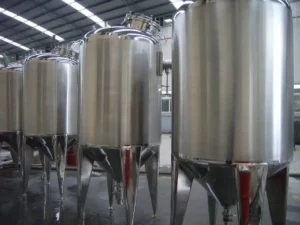
How a Glycol System Works
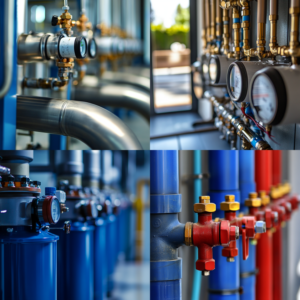
Ethylene Glycol Water: A Complete Heat Transfer Guide
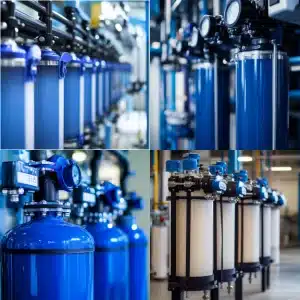
Water Filter Replacement
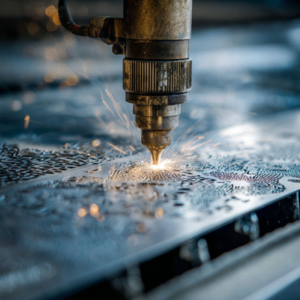
Why Use Stainless Steel Sheet Metal Fabrication?
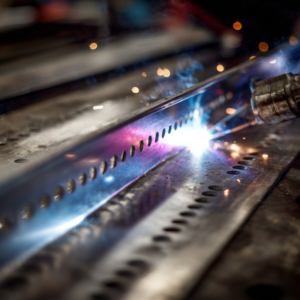
How Does Stainless Steel Sheet Metal Fabrication Work
No pillar keyword set for this post.
About Author

